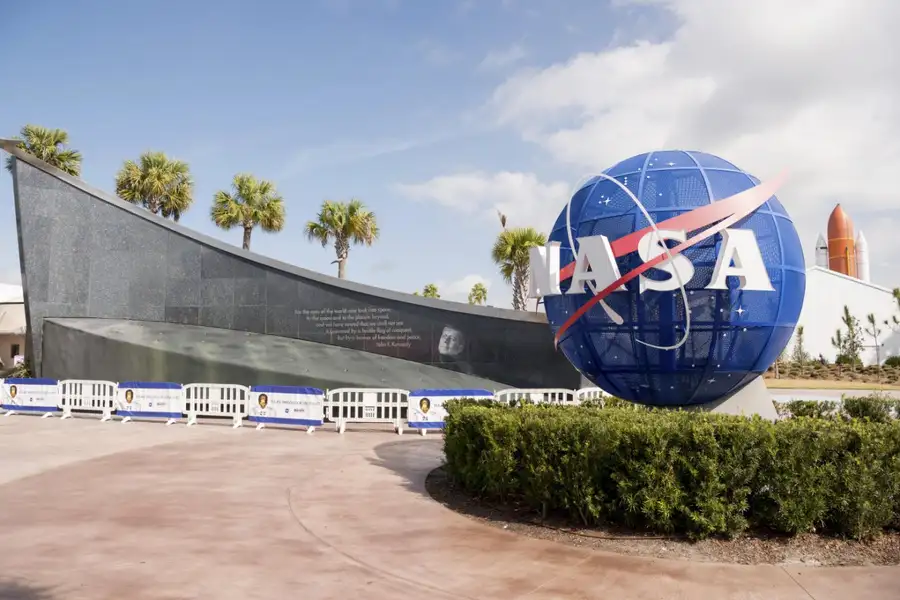
“Substantial programmatic adjustments at NASA must be made in a strategic manner so that risks are managed with care.” These are the words, from the Voyager Declaration that have been signed by more than 150 NASA employees, ringing out with urgency as the White House-proposed 24% cut in the budget for the agency ignites a wave of rebellion and panic across the U.S. space community. The blueprint, if put into action, would not only be the single biggest year-to-year reduction in NASA’s history but also redraw the technical, scientific, and safety boundaries of American space exploration.
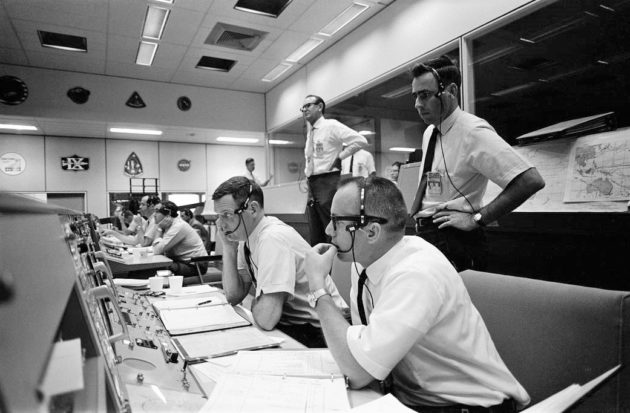
1. The Deepest Cuts Since the Dawn of the Space Age
The White House budget request for fiscal year 2026 would reduce NASA’s spending from $24.8 billion to $18.8 billion, the lowest level since 1961. At that time, NASA hadn’t placed an astronaut in space yet, and the Apollo project was still a dream on the drawing board. The 24% reduction is the largest percentage reduction ever to be put forward in NASA history, larger than even post-Apollo retrenchment. The agency’s workforce would fall by nearly a third, to its lowest since 1960before most of NASA’s storied centers even existed.
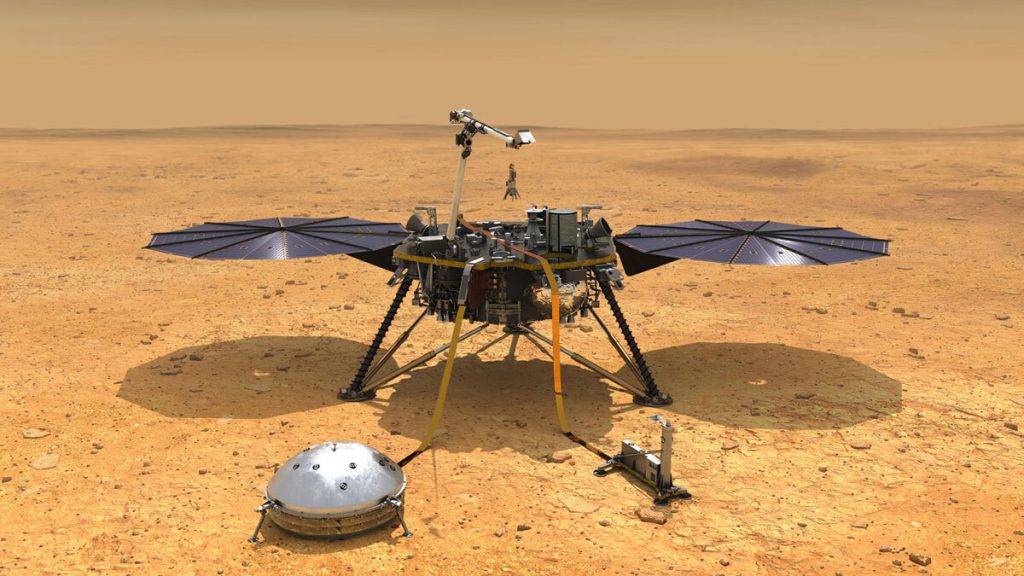
2. Science in the Crosshairs: Halving the Mission Portfolio
The Science Mission Directorate of NASA is hardest hit, with a 47% reduction in fundingfrom $7.3 billion to $3.9 billion. This would force the cancellation of at least 41 science missions, including Mars Sample Return, New Horizons, Juno, and several Mars orbiters. The plan also pledges to retire 19 current missions, wasting billions of taxpayer dollars and reversing decades of scientific progress. The cuts extend across planetary science, astrophysics, heliophysics, and Earth science, destabilizing missions that offer unique data and enable global research endeavors.
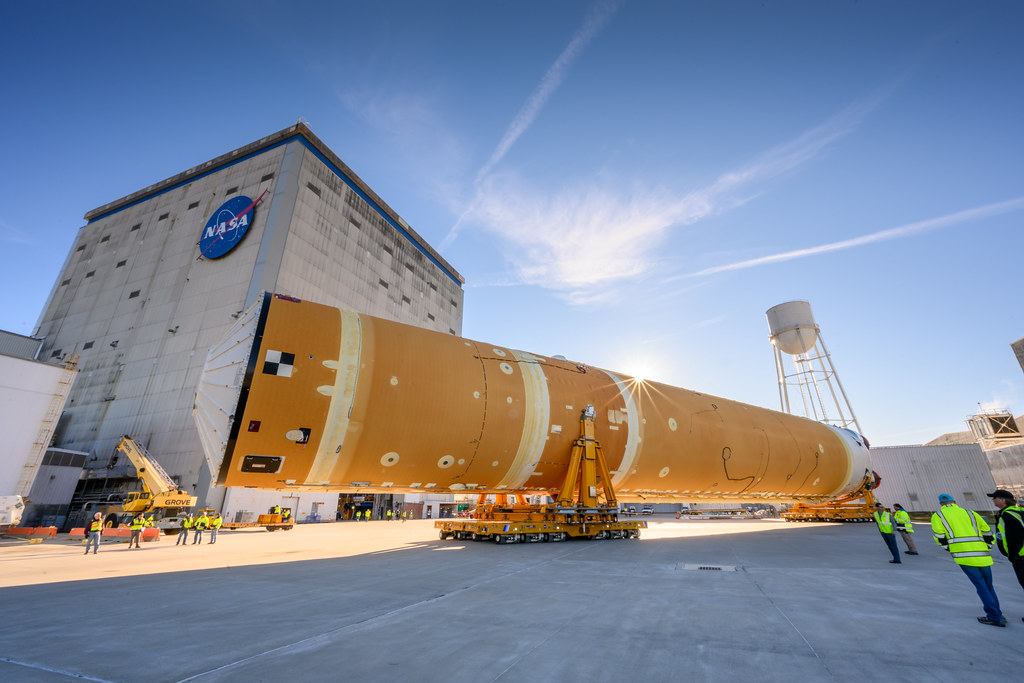
3. Artemis and the End of Legacy Exploration Systems
The budget would sunset the Space Launch System (SLS) and Orion capsule after only two more flights, bringing their status as the workhorses of crewed lunar exploration to an end. The Artemis Moon program, a signature program to return humans to the Moon and eventually to Mars, is due for a fundamental rewrite.
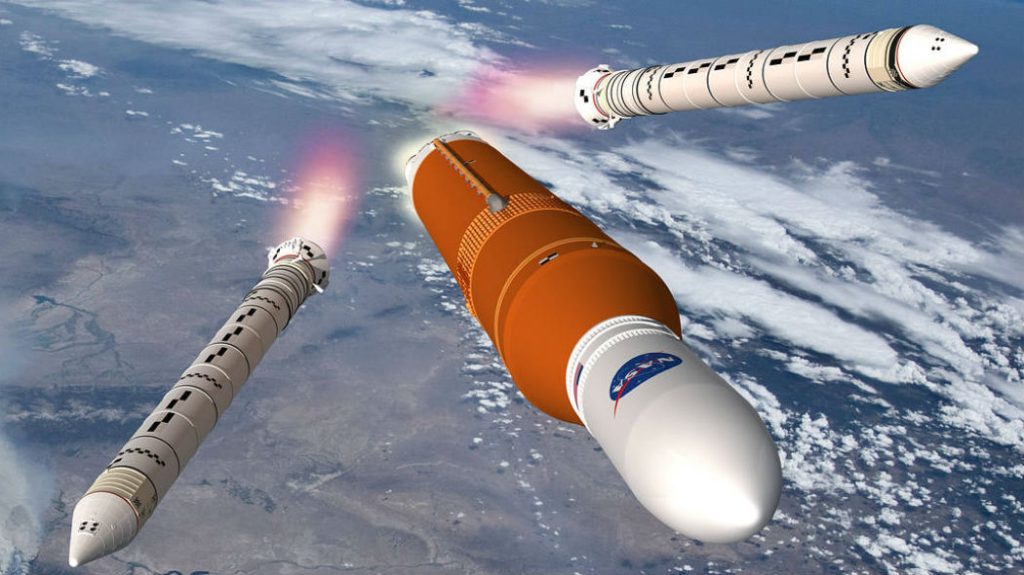
The Lunar Gateway, an international space station in orbit about the Moon with significant international investment, will be axed immediately. The government argues that commercial craftprimarily SpaceX and Blue Originwill take the place of these systems, but experts warn that “as no commercial alternatives are likely to be operational and certified, substantial delays to the Artemis program timeline are inevitable.”
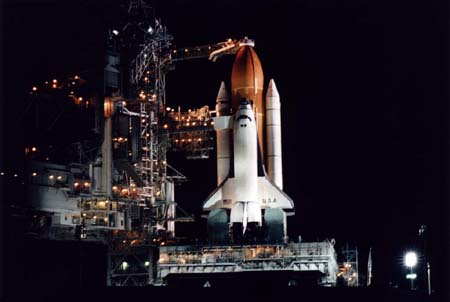
4. Technical Safety and Risk Management Under Threat
NASA’s Technical Authority, created after the Columbia disaster as a mechanism for independent safety control, is under threat. The Voyager Declaration states that scheduled changes to this system, in the interests of “efficiency,” threaten to remove the very checks and balances that safeguard astronauts and missions. “If you fundamentally disagree with a technical decision that’s being taken, (the system) gives somebody an alternative channel who is not their program manager or project manager,” one Goddard Space Flight Center source clarified. The statement affirms that alterations “must be made only in the interests of improving safety, and not in anticipation of future budget cuts.”
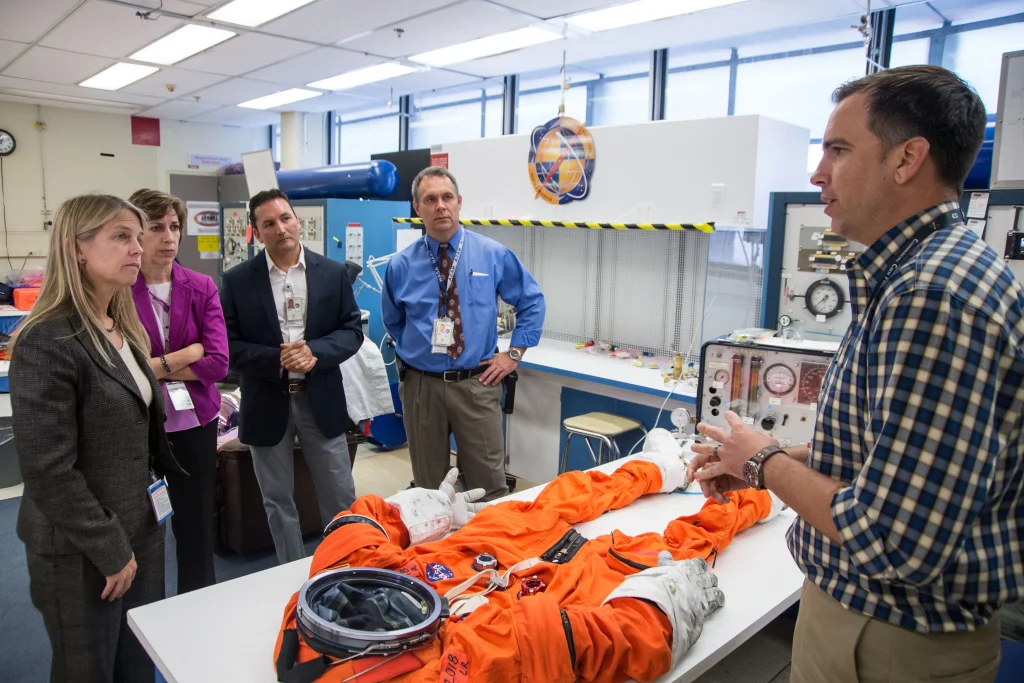
5. Workforce Exodus and Organizational Instability
With up to 3,000 employees taking deferred resignation offers and more than 2,600 already gone, NASA is losing institutional knowledge and technical expertise on a scale not encountered since the early years of the agency. The sudden departure of Goddard Space Flight Center Director Makenzie Lystrup, just hours after the issuance of the Voyager Declaration, highlights the chaos. The. last. six. months. have. seen. rapid. and. wasteful. change. which. has. destroyed. our. mission. and. had. disastrous. consequences. on. NASA’s. staff,” the letter states.

6. International Cooperation Under Threat
The cancellation of the Lunar Gateway jeopardizes partnerships with the European Space Agency, JAXA, the UAE, and Canada, which have all made major investments in hardware and mission planning. If Gateway is canceled, such partners would be forced to abandon or delay investment worth billions of dollars, and threaten U.S.-led efforts’ credibility and redefine the dynamics of global space cooperation. As a study has noted, “such a change could redefine the dynamics of international space cooperation in space exploration.”

7. Dissent, Retaliation, and the Federal Science Community
NASA’s open letter is followed by similar acts of disobedience at the NIH and EPA, where resistance on the part of staff has met mixed receptions. At EPA, 139 staff members were placed on administrative leave for signing a declaration of dissent, while NIH leadership came to adopt “respectful dissent.” At NASA, most signatories chose to remain anonymous out of fear of retaliation, highlighting a climate of risk and uncertainty for voices of dissent. Ella Kaplan, a NASA Goddard contractor, explained, “the overall culture at NASA has very much shifted and it feels a lot less safe for me.”
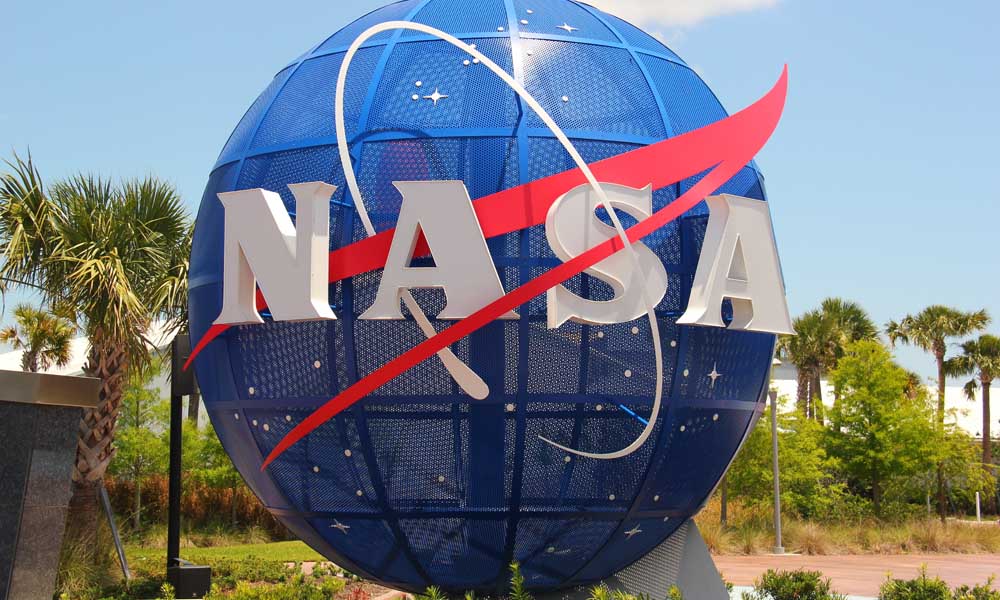
The effects of these budget reductions are not limited to spreadsheets or programmatic schedules. They reach every aspect of NASA’s scientific and technical undertaking, from the safety of its astronauts to the continuity of international collaborations and the integrity of the agency’s mission. The final decision now rests with Congress, but the technical, scientific, and human stakes could not be greater.


